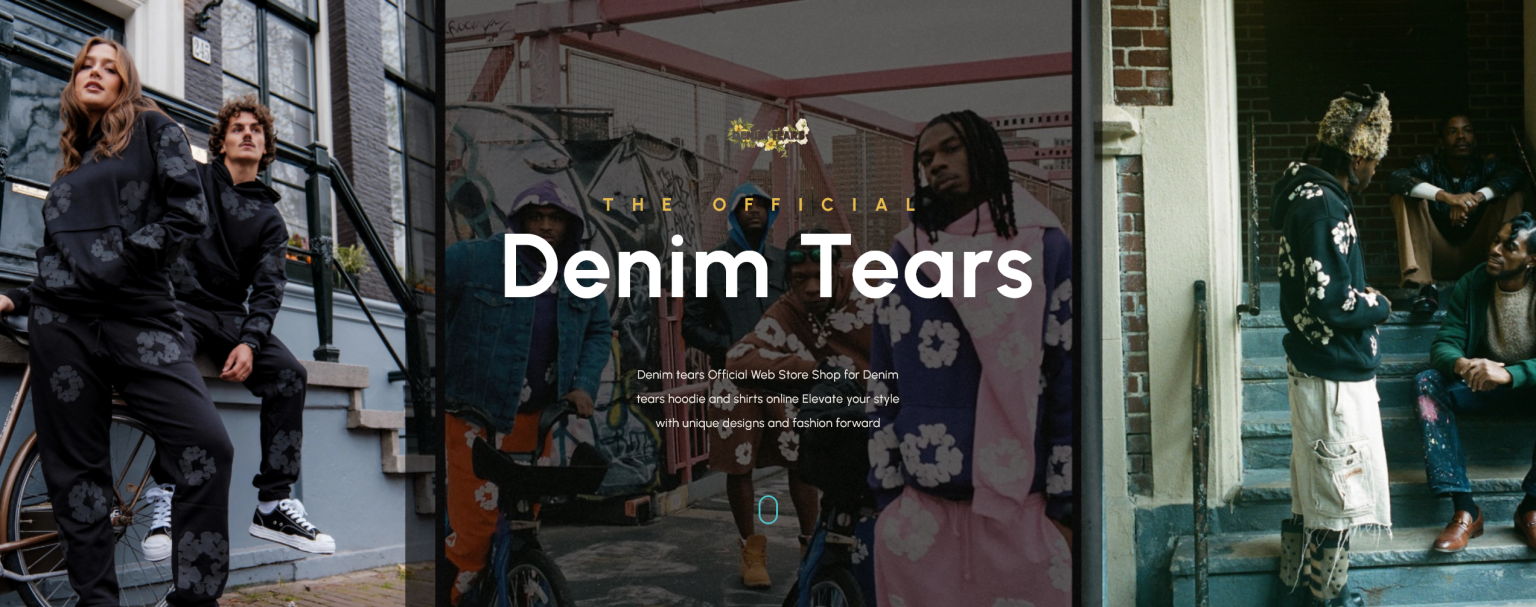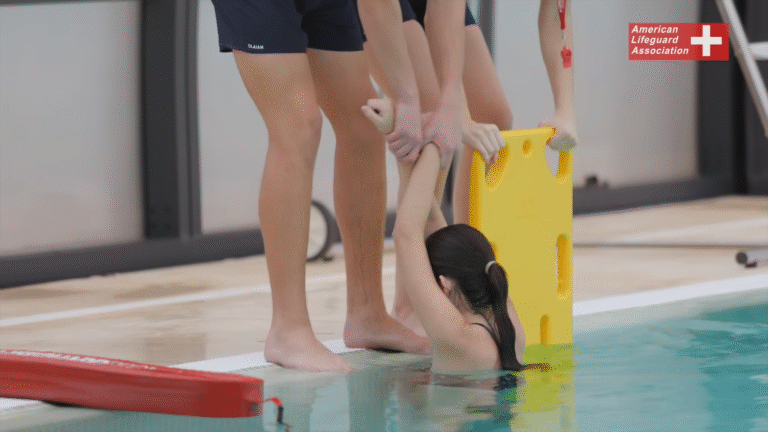Denim Tear: Between the Folds Lies the Power of Forgotten Voices

Table of Contents
ToggleIntroduction
There is a quiet language in the frayed edge of a pocket, in the faded line along a knee, in the tear that blooms where fabric once held firm. Denim, that ubiquitous cloth of workwear and rebellion, denim tears carries more than thread and dye. Between its folds and breaks are the compressed stories of hands that stitched it, bodies that wore it, landscapes that grew the cotton, and communities that lived on its margins. The tear is not merely damage; it is testimony. It is where forgotten voices—of laborers, of the environment, of tradition, of resistance—rise like breath from a well-worn garment. To look at a denim tear is to be invited to listen.
The Fabric of Memory
Denim began as a practical solution: durable cotton woven to withstand work, dyed with indigo to hide grime. Over generations it migrated beyond the mines and fields into culture, identity, and style. But even as it became a symbol—the blue of youth, of rugged individuality, of global fashion—its true origins and the people involved in its making often receded from view. Each pair of jeans carries ecological and human histories embedded in its warp and weft. The tight, familiar texture is a palimpsest. The longer denim is worn, the more those histories surface, not in tidy narratives but in the irregular patterns of wear, the faded gradients, the fractures. A tear is the reverse side of concealment. It is where continuity breaks and memory leaks through.
The washing machines and glossy advertisements would have us believe in a sanitized, seamless story: jeans as their own creators of identity, icons born of marketing. But the tear’s ragged honesty refuses that erasure. When a seam yields under strain, when indigo bleaches into pale milestones of movement, something else is revealed. The fabric gives, and in doing so, the invisible becomes visible. That vulnerability is a power; it demands that we ask who held the scissors, who pressed the seams, who cut the cloth, who financed the supply chains, whose fingerprints have been ironed out of the narrative in favor of a brand logo stitched over a washed-out patch.
The Tears as Testimony
A tear in denim can be accidental, earned through years of labor or lived-in experience. It can also be a deliberate accent, a fashion statement—ripped jeans sold at a high margin while the true cost remains hidden. Regardless of origin, the tear is a punctuation mark. It says: something happened here. It invites interpretation. When a knee has torn from the repetitive motion of standing for hours, bending under weight, the denim whispers the rhythm of daily routine. When the edges of a pocket fray, it hints at the constant retrieval of tools, documents, or the clenched fist of survival. Each tear is a voice—or an accumulation of voices—saying: we existed, we endured, we gave this cloth meaning through movement and time.
The power lies in the multiplicity of these voices. The adolescent who scrawled their first rejection letter into the inside of a pocket, the factory worker who patched a seam with careful stitches during a break, the migrant who folded their jeans into a suitcase and carried them across borders, the farmer whose rain-soaked hands harvested the cotton that would become that pair of pants—these are not singular stories but a chorus. When we see the tear and treat it as mere aesthetic, we mute the chorus. When we attend to it, when we ask the denim what it has been through, the tear becomes a conduit for empathy. In the space left by the missing thread, there is room to hear.
Worn Threads and Labor
Behind every close-up image of distressed denim in a glossy catalog is a long chain of labor—some visible, much of it hidden. Spinning, dyeing, cutting, sewing, finishing: every phase touches human hands and lives. In many of the world’s garment hubs, laborers—predominantly women—work long hours with minimal safety nets. The tears they mend, the stains they cover, the seams they reinforce often come from laborers themselves testing the durability of their own creations, trying to reconcile pride in craftsmanship with the grinding realities of wage structures and quotas.
The contrast between the wearer of a pair of designer distressed jeans and the person who stitched the original pockets is stark, yet it exists often in silence. A tear in the jeans of a consumer might signal youthful rebellion; the same tear in the factory could be a signal of overwork, of an efficiency target pushed to its limit. To recognize the labor behind the tear is not to guilt the wearer but to broaden understanding. Acknowledgment might begin with seeing the denim as more than commodity. It grows when brands and consumers begin asking for transparency, when the stories of those who repaired, reinforced, and reconstituted garments are allowed to breathe.
Fading Indigo and Environmental Echoes
Denim’s signature blue is born of indigo, a dye derived historically from plants and now often synthesized chemically. The process of cultivating, dyeing, washing, and finishing denim exacts a heavy environmental toll—water overuse, chemical runoff, pesticide-laden cotton fields, and vast amounts of energy. When jeans fade, they are not merely losing color; they are revealing layers of ecological strain. The tears that appear often show the most worn parts of the material, those that have been in closest, most constant contact with the body and the environment. The shade variation across a thigh, the whiskering by the pockets, the soft, almost translucent thinning by the inner knee—all these are the visible aftermath of countless washes, each one shedding microfibers, each one leaching remnants of dyes and finishes into waterways.
Yet within this environmental narrative, the tear opens another potential voice: the possibility of repair, renewal, and reclamation. The same piece of denim that has overstretched under use can be reinforced, reimagined, repurposed. The tear can be a site of regeneration. When a wearer chooses visible mending—patching with contrasting cloth, weaving new threads into the hole—they write a new layer of story, one that speaks not of discard but of continuation. The reclaimed tear says: I resist the cycle of constant replacement; I honor what has been used; I amplify the memory of the original and consciously choose to bear its mark.
Reclamation and Storytelling
In recent years, there has been a quiet movement—a reclaiming of stories from the raw fabric itself. Artisans, designers, and everyday people have taken to interpreting the tear not as a flaw but as an archive. Some collect their own jeans, layering patches and handwritten notes into the interior. Others collaborate with those who made their garments, bringing the maker’s voice back into dialogue with the wearer. There are initiatives that document the life of a single pair: from the cotton field to the factory, from the first wear to the last tear; a timeline stitched in memory instead of in a marketing brief.
Storytelling becomes an act of listening. When a denim tear is highlighted—not as a scavenged coolness but as a node of narrative—its value shifts. It is no longer disposable. It becomes heirloom, witness, artifact. The wearer begins to see themselves as a steward, not just a consumer. Repair workshops sprout in places where previously replacement reigned. Communities share techniques of visible mending passed through generations. The tear is turned into a place of conversation, dialogue between past and present, between the original maker and the current bearer. Through this dialogue, forgotten voices—those of the landscapes, the seamstresses, the anonymous hands that once pulled a needle through indigo—are remembered, elevated, even celebrated.
Conclusion
Denim tears are more than visual texture, more than a fashion trope. They are sites of disclosure where silence cracks and history seeps through. In the pull of a frayed edge lives the labor of those who made it, the environmental cost of its production, the lived experience of its wearers, Denim Tears Sweatpants and the choices of those who mend or discard it. To walk past that tear as something to be styled is to miss an opportunity. To lean in, to ask, to repair, to carry its memory forward—that is to honor the power of forgotten voices stitched deep within the fabric.
Between the folds of denim, in the quiet spaces of rupture and repair, lies a responsibility and a possibility. The next time a pair of jeans shows its tear, let the gaze linger. Let the breath of its stories be heard. In the unraveling and the mending, we might find not only the past but the direction of more mindful futures.





